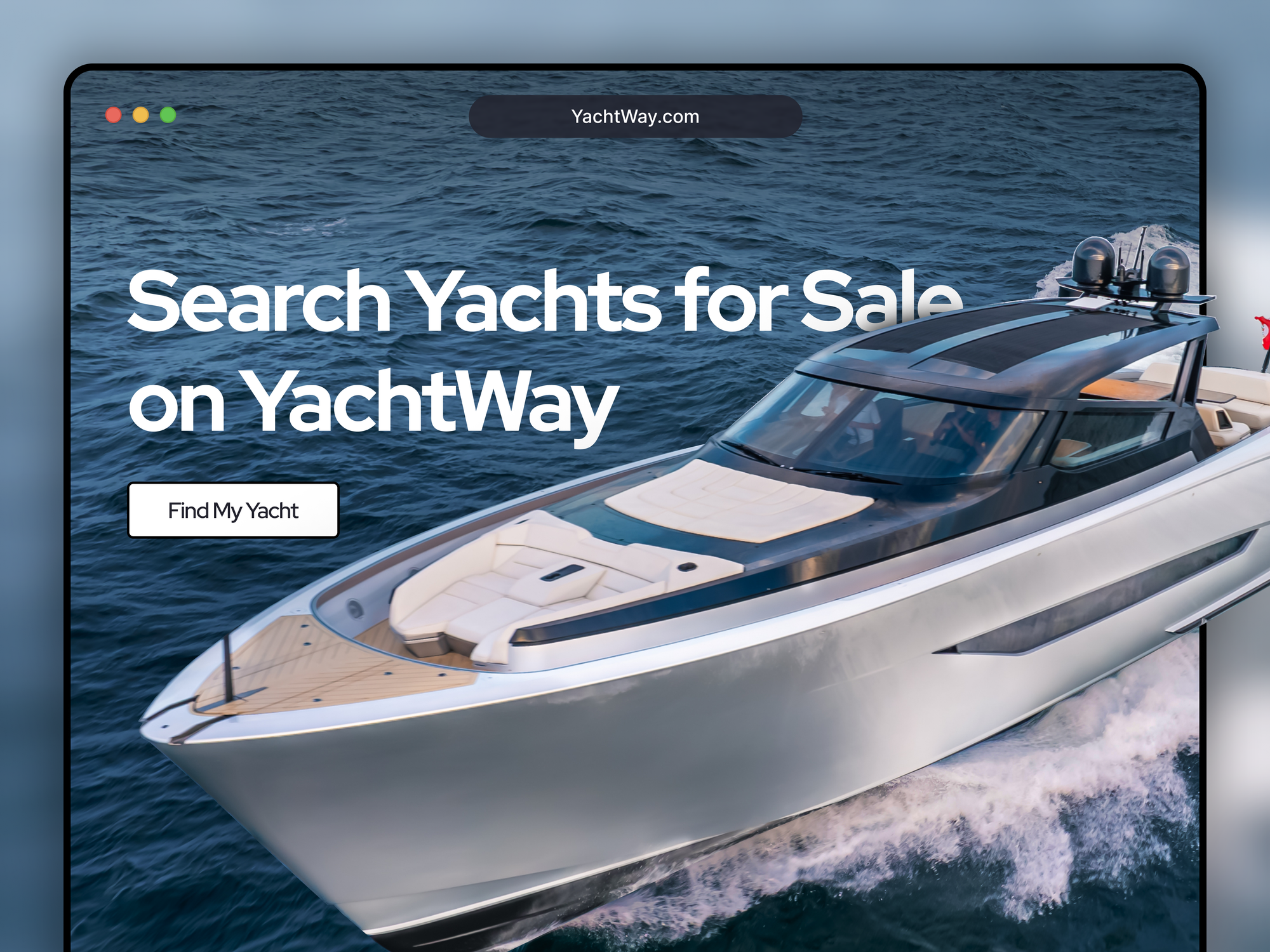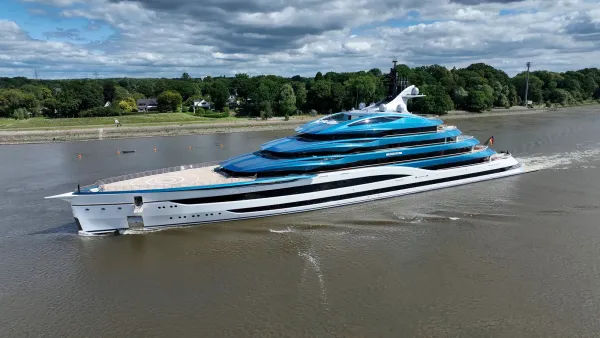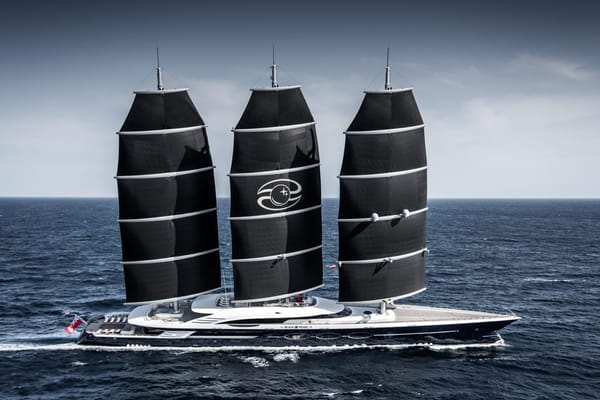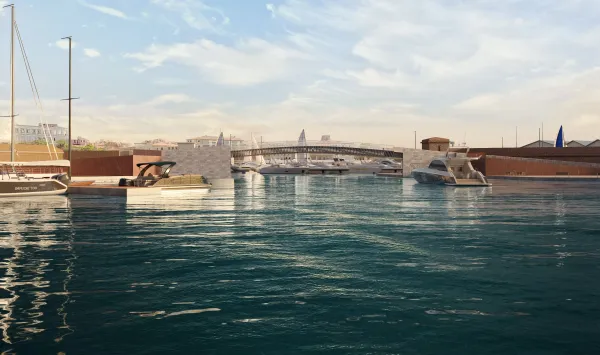Boat Insurance: A Comprehensive Guide
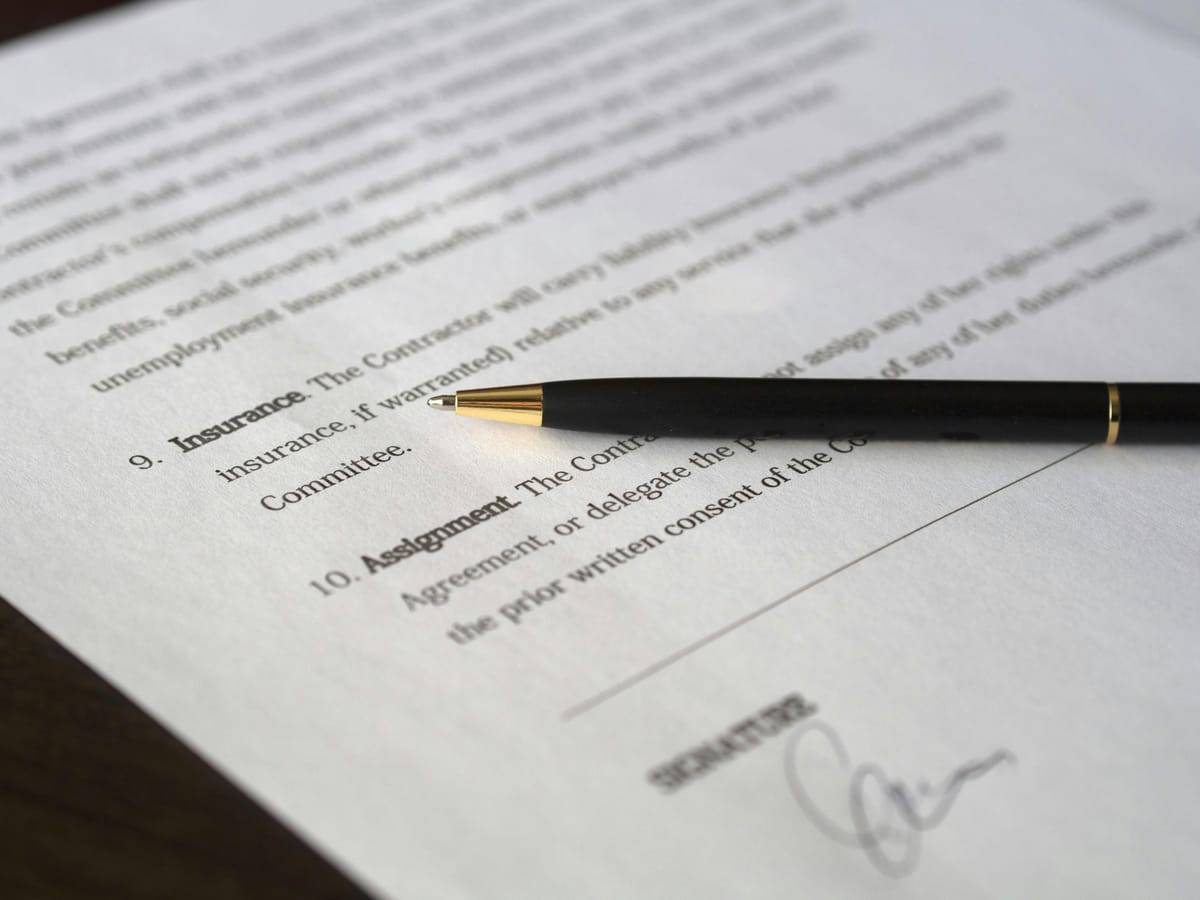
Boat insurance can indeed be as intricate to navigate as a narrow channel. As the marine landscape continues to evolve, a comprehensive understanding of boat insurance in 2025 is paramount for both novice and seasoned mariners. This guide delves into the prevailing trends, essential coverage options, and critical considerations, empowering you to chart a confident course through the complexities of marine insurance. Whether you command a luxurious sailing yacht, a nimble pocket cruiser, a robust center console, or a high-performance wake boat, securing the appropriate insurance is a fundamental step in safeguarding your investment and ensuring complete peace of mind on the open water.
Unpacking the Cost: What to Expect for Boat Insurance Premiums
The question of boat insurance costs is often top of mind for owners. Premiums are influenced by a multifaceted array of factors:
- Vessel Value and Age: As a general rule, newer and more expensive vessels typically command higher premiums.
- Usage Profile: How and where you operate your boat significantly impacts costs.
- Coverage Limits: Opting for higher coverage limits will naturally result in higher premiums.
According to industry specialists, marine insurance generally costs approximately 1.5% of the boat’s total value annually. For instance, a vessel valued at $20,000 could incur an annual premium of roughly $300, while a $200,000 yacht might see premiums closer to $3,000. Recent estimates from 2023 and 2024 place the average annual cost for most recreational boaters somewhere between $300 and $600. However, real-world costs can vary widely, with larger yachts sometimes seeing premiums ascend to 5-6% of their total valuation per year. As with any substantial asset, increased liability and risk factors directly correlate with escalating costs. Superyachts, for example, can incur monthly insurance costs running into many thousands of dollars due to their heightened liability and the significant expense of their sophisticated equipment and maintenance.
Is Boat Insurance a Prudent Investment?
Much like other forms of asset protection, boat insurance provides crucial safeguards against specific risks and potential financial losses, making it a highly valuable consideration for most boat owners.
Why Investing in Boat Insurance is Worthwhile
- Protection Against Physical Damage: Policies can cover damage to your vessel stemming from collisions, fire, storms, theft, and vandalism. This typically extends to the boat itself, its engine, and often its equipment and accessories.
- Comprehensive Liability Coverage: In the unfortunate event of an accident causing injury to third parties or damage to their property, liability coverage can be instrumental in covering associated costs, including substantial legal expenses.
- Medical Payments: Many policies include medical payments coverage to address the costs of injuries sustained in a boating incident, applicable to both you and your passengers.
- Environmental Responsibility: Should your boat be involved in an oil spill or other environmental contamination, certain policies may cover the often-substantial cleanup costs.
- Unrivaled Peace of Mind: The assurance of knowing you're financially protected allows for a more relaxed and enjoyable boating experience, a peace of mind often invaluable.
- Marina Requirements: A significant number of marinas mandate proof of liability insurance as a prerequisite for docking.
- Financing Mandates: If you've financed your vessel, your lender will almost certainly require insurance to protect their investment.
When Boat Insurance Might Not Be Essential
While generally recommended, boat insurance might not be strictly necessary for every owner:
- Premium Costs: For high-value boats, or those engaged in riskier activities or locations, the annual premium can be a considerable expense.
- Infrequent Usage: If your boat sees very limited use or operates exclusively in highly controlled, low-risk environments, you might weigh whether the potential risks justify the insurance cost.
- Secure Storage: Vessels securely stored, particularly ashore, and used minimally in low-risk areas, might seem less in need of coverage. However, even stored boats remain vulnerable to risks such as fire or theft.
- Small or Low-Value Vessels: Owners of very small or exceptionally low-value boats may decide that the potential cost of loss or damage doesn't warrant the expense of an insurance policy.
Deciphering Boat Insurance Coverage
Standard boat insurance policies typically encompass physical damage to your vessel and liability protection. While policies can vary, most include coverage for:
- Personal accidents
- Accidental damage
- Loss or damage to personal belongings onboard
- Third-party liability
Key Determinants of Your Boat Insurance Premium
Insurers evaluate a range of factors when calculating your boat insurance premium:
- Vessel Value: The declared market value of your boat is a primary consideration.
- Age of the Vessel: Some insurers may decline to cover older vessels, while others might impose higher premiums.
- Make and Model: The specific brand and design of your boat.
- Size and Dimensions: Larger boats generally incur higher costs.
- Engine Type and Power: The type and horsepower of your engines play a significant role.
- Your Claims History: A history of previous claims can influence future rates.
- Your Age and Boating Experience: Experience level and age can impact perceived risk.
- Geographic Location: Where your boat is primarily used and stored is a major factor.
Beyond these standard elements, how and where you use and store your boat can also influence your marine insurance quote:
Competitive Sports and Sailboat Racing
Some policies may automatically cover localized sailboat racing without additional cost, while others might levy an extra premium based on the estimated cost of replacing damaged components. Always verify coverage specifics to avoid unforeseen expenses.
Mooring and "Wet Storage"
Many insurers have partnerships with specific marinas, which can result in premium reductions of up to 20%. Inquire about potential discounts for marina-moored vessels. Should you change your mooring location post-policy inception, it is crucial to inform your insurer, as it could impact future claims. Certain mooring types, such as private marinas or ashore storage, are often deemed safer, statistically leading to fewer claims. Conversely, adverse swing or tidal moorings are typically considered higher risk.
Boat Valuation: Agreed Value vs. Actual Cash Value
A critical element in determining your comprehensive boat insurance quote is the stated boat value. It's imperative to accurately assess your vessel's true market worth. An insurance policy will either cover the "agreed value" or the "actual cash value" of your boat.
- Agreed Value Coverage: Under this type of policy, your boat is insured for a value mutually agreed upon by you and the insurer at the time of policy inception. This agreed amount remains constant for the duration of your ownership, provided you maintain continuous coverage.
- Actual Cash Value Coverage: This policy type accounts for depreciation over time. In the event of a loss, the insurer will not reimburse you for the original purchase price or the cost of a new replacement. Instead, they will pay out the depreciated cash value of the boat at the time of the loss.
Leading Providers for Boat Insurance
Several reputable companies are recognized for offering excellent marine insurance options, including Progressive, State Farm, Allstate, United Marine, and GEICO.
When selecting an insurance provider, consider these vital aspects:
- Specialization: Some companies offer policies specifically tailored to the unique needs of boaters.
- Financial Stability: Ensure the insurer boasts a robust financial rating for reliability.
- Customer Service: Responsive and efficient support is paramount, especially during the claims process.
The Impact of Location on Insurance Costs
Your geographic location significantly influences the cost of boat insurance. States like Florida, with its year-round boating season, often experience some of the nation's highest marine insurance premiums. Insurers also weigh environmental factors; for example, the heightened threat of hurricanes or severe storms in high-risk areas can substantially increase costs. Conversely, boaters in regions like the Great Lakes, characterized by shorter boating seasons, often enjoy some of the lowest insurance rates nationwide.
Furthermore, where you boat matters. Operating in saltwater typically incurs higher premiums than freshwater usage, primarily due to the increased risk of corrosion. Marine protection is frequently restricted to a specific region. If you plan to cruise beyond your local area, it is essential to verify your policy's cruising range to ensure continuous coverage.
Streamlining Your Boat Insurance Quote
Most major insurance companies provide intuitive online portals for generating a quote within minutes. Organizations like the National Boat Owners Association (NBOA) are valuable resources. Other well-regarded providers include Progressive, GEICO, Allstate, Nationwide, State Farm, Travelers, and Farmers. Once you've identified a suitable rate, most companies can initiate coverage immediately upon payment of the initial premium.
Understanding Key Coverage Options
Marine insurance policies can vary, but common coverage types generally include:
- Hull and Machinery: Covers physical damage to the boat itself, including its engines.
- Liability: Protects against legal claims from third parties for property damage or bodily injury.
- Medical Payments: Addresses medical expenses for injuries sustained on your boat.
- Uninsured Boater: Provides protection if you're involved in an accident with a boater who lacks sufficient or any insurance.
- Personal Effects: Covers personal items onboard your vessel.
- Towing and Assistance: Offers support in case of a breakdown or need for on-water assistance.
Deciphering Marine Insurance Excess
It's a common misconception that the least expensive quote offers the most comprehensive coverage; invariably, a lower quotation often corresponds with a higher excess. In insurance, "excess" refers to a mechanism that provides additional coverage beyond the limits of an underlying primary policy. It comes into play when claims surpass the maximum amount the primary insurance can cover, essentially offering an extra layer of financial protection.
The terms "follow form excess" and "bumbershoot in excess of marine and non-marine underlying policies" describe specific types of excess insurance tailored for particular needs, especially within the complex realm of marine insurance and its associated liabilities.
- Follow Form Excess Insurance: This type of excess policy extends the coverage limits of an underlying policy without altering its original terms and conditions. It "follows the form" of the primary insurance, meaning it adheres to the same coverage specifics but simply increases the total available coverage. This ensures seamless protection without gaps or discrepancies between the primary and excess policies.
- Bumbershoot Policy: A bumbershoot is a specialized umbrella insurance policy designed for marine-related liabilities, covering both marine and non-marine exposures. It provides excess liability coverage that extends beyond the limits of underlying marine policies. Like follow form excess, it offers additional limits but is uniquely structured to address the diverse risks inherent in marine operations, which often include both water-based and onshore activities.
When an excess marine liability policy is described as "written over the primary policy to increase limits but on a follow form basis so no coverage is broadened," it means the excess policy provides additional financial limits on top of the primary marine liability insurance. Crucially, this excess coverage does not expand the types of risks or coverages; it merely increases the dollar amount of what's already covered under the primary policy. The "follow form" designation ensures that the excess policy's terms, conditions, and exclusions align perfectly with those of the underlying policy, guaranteeing a consistent extension of coverage without altering its scope. Always clarify your expected out-of-pocket contribution if a claim arises, as you may have the option to adjust your excess.
The Imperative of Boat Insurance
Given that boats represent a significant financial investment and a high-value asset, it's paramount to protect them adequately. The cost of insurance typically far outweighs the substantial risks associated with leaving a high-value item uninsured. Without coverage, an accident resulting in loss or damage could lead to exorbitant repair bills, and potentially significant third-party costs. Knowing your asset is appropriately protected offers invaluable comfort and security when you're on the water.
Is Boat Insurance a Legal Requirement?
While not typically a legal requirement in most jurisdictions, boat insurance is almost always a prerequisite when financing a boat. Additionally, the vast majority of ports and marinas mandate that boat owners carry insurance to utilize their facilities.
Securing Optimal Insurance Rates
Cultivating a strong, long-term relationship with an insurance broker is highly advantageous. Keep them informed of any new developments, including equipment upgrades. Do not shy away from actively participating in the negotiation stage; your diligence will often yield dividends.
Emerging Trends Shaping Marine Insurance in 2025
The marine insurance sector is currently undergoing significant shifts, driven by several key factors:
- Technological Advancements: Insurers are increasingly leveraging technology to provide real-time alerts, enhance risk assessment, and streamline claims processes for greater efficiency.
- Climate Change Impacts: The rising frequency and intensity of natural disasters are directly influencing premium rates and the types of coverage options available.
- Global Geopolitical Dynamics: Geopolitical tensions and evolving global conflicts are affecting shipping routes and introducing new considerations for marine insurance policies.
Boat Insurance in 2025
Navigating the landscape of boat insurance in 2025 necessitates staying well-informed about industry trends and possessing a clear understanding of your specific needs. By meticulously selecting the appropriate coverage and partnering with a reputable provider, you can truly enjoy unparalleled peace of mind while embracing the boundless joys of life on the water.
